A rollator is a great mobility aid if you need extra stability and support while walking. With wheels, hand brakes, and often a seat, it helps you move more confidently and take breaks whenever needed. Whether you're recovering from surgery or just need some extra support, a rollator makes it easier and safer to stay active both indoors and outdoors.
Key Features of a Rollator
4-Wheel or 3-Wheel Design
4-wheel walkers are more stable for those who need extra support, while 3-wheel models are lighter and easier to maneuver in confined spaces for those who require more dexterity.
Handbrake System
Equipped with a bicycle-like handbrake for easy speed control at all times and a locking feature that keeps the walker from sliding when you stop to rest for added safety.
Adjustable Height
The handle is height-adjustable to ensure proper posture and reduce stress on the back and wrists. Some models also support seat height adjustment to accommodate people of different heights.
Comfort Seat (Some Models)
Some walkers come with a padded seat and backrest, making it easy to sit down and rest at any time after a long walk, providing better support and comfort.
Storage Basket or Pouch
With a basket or storage pouch, it is easy to place your belongings, such as a water bottle, keys, or cell phone, and some models offer hidden storage that is both functional and aesthetically pleasing.
Lightweight Folding Design
Made of aluminum alloy or carbon fiber, these products are lightweight and durable. Some models support one-touch folding. They are also easy to store or put in the car trunk, making them suitable for travel and daily use.
Durable Rubber Wheels
Large non-slip rubber wheels are suitable for all kinds of road surfaces, and some models are equipped with an anti-vibration function, which can maintain smoothness even on uneven roads, enhancing comfort and safety.
Ergonomic Handle
The ergonomic handle design provides a comfortable grip and reduces fatigue from prolonged use. Some models are made of non-slip material, which provides a firm grip even when hands are sweaty or the weather is humid.

What Are the Different Types of Rollators?
There are several types of rollators, each designed for the mobility needs of different people:
- 3-Wheel Rollator: lightweight, easy to maneuver, and ideal for tight spaces. Although it doesn't have a seat, it's perfect for moving around apartments or stores where space is limited.
- Four-Wheeled Rollator: A four-wheeled rollator provides stability and is usually equipped with a seat and storage basket, making it ideal for walking in parks or shopping areas, providing support and a place to rest whenever you need it.
- Heavy Duty (Bariatric) Rollator: This rollator is made to support higher weight limits and is ideal for people who need extra stability. It is perfect for everyday use at home for stronger support.
- Compact or Travel Rollator: lightweight, collapsible, and perfect for travel use. An example is Paiseec's Travel Rollator, which fits easily into the trunk of a car or the overhead bin of an airplane.
- All Terrain Rollator: equipped with large wheels for walking on uneven surfaces such as gravel or grass. It is also ideal for walking in country parks or gardens.
- Knee Walker: Designed for people with lower leg injuries, it allows you to rest one knee while propelling yourself with the other leg, making it more comfortable than crutches during rehabilitation.
What Are the Benefits of Using a Rollator?
Improved Mobility
A rollator provides better stability and support, making it easier for you to get around, especially for people with mobility issues. It can help you walk longer distances with more confidence.
Increased Independence
With the support of a rollator, you can be less dependent on others for your daily activities. Allowing you to do things on your own, whether you are running errands or walking to the store.
More Comfort
Most rollators come with a built-in seat that provides a place to rest when needed. This has the ability to help you reduce fatigue and make it easier to rest when you're on a walk or out and about.
Better Posture
Rollators help you maintain a more upright posture, reducing strain on your back and legs and promoting better walking posture.
Safer
Features such as hand brakes and sturdy wheels reduce the risk of falls and give you more confidence when walking on a variety of surfaces.
Convenient Storage
Many rollators now come with baskets or bags that can be used to carry personal items such as groceries, phones, or medications, making it easy to carry your essentials.
Versatile
Rollator carts can be used indoors and outdoors to provide support in a variety of environments. Making it easy for you to walk on smooth floors or rough trails if you want to.

Who Can Benefit from Using a Rollator?
A rollator is a great option for people who have limited mobility or difficulty maintaining balance due to old age, injury or illness. It can help people walking with arthritis, Parkinson's disease, recovering from a stroke or healing from surgery.
If you tire easily or are unsteady on your feet, a rollator can help you get around more confidently and independently, just like an electric wheelchair or mobility scooter. It's perfect for everyday activities such as walking, shopping or strolling, and is a great tool for people who want to stay mobile and reduce the risk of falling.
Key Factors to Consider When Buying a Rollator
When purchasing a walker, there are a few key factors you can consider to ensure your rolling walker is safe, comfortable, and convenient:
- Weight Capacity: Make sure the walker can support your weight, and if needed, look for models designed for heavier users.
- Adjustable Handles: The handles should be adjustable to your height to ensure a comfortable and ergonomic walking position.
- Seat and Storage: Look for a walker with a comfortable seat if you plan to take breaks while using the walker. Also, consider a walker with a storage basket or bag for carrying essentials like a purse, groceries, or medications.
- Wheels: Choose the right wheels based on where you will use the walker. For example, larger wheels are better for outdoor use, while smaller wheels are better for use on slippery indoor surfaces.
- Brakes: Make sure the walker has a reliable handbrake that you can operate easily, especially when you need to control speed or park on a slope.
- Portability: If you travel frequently, consider a walker that is lightweight and foldable for easy storage in the car or use while traveling.
- Safety Features: Look for additional safety features such as reflective markings visible in low light, sturdy frames, and non-slip handles.
How Do You Choose the Right Rollator for You?
When choosing a walker, first consider your mobility needs. For example, heavy-duty walkers are best for people who need extra support or a higher weight-bearing capacity. For indoor use, lightweight walkers with smaller wheels work well, while walkers with larger wheels are better suited for outdoor terrain. Also, don’t forget to check if the handles can be adjusted to your height to ensure comfortable use.
It’s best to look for a walker with a seat and enough storage for items like bags or groceries to ensure your comfort. The brakes are easy to use and provide reliable stopping power for safety. If you travel frequently, a foldable lightweight walker is ideal for easy transportation and storage. Consider these factors to choose the walker that best suits your needs.
Safety Tips When Using a Rollator
Here are some important safety tips to keep in mind when using a Rolla tor:
- Inspect the Roller Bike Regularly: Inspect the roller bike for loose parts, worn wheels, or damaged brakes before each use to ensure it is in good condition.
- Use the Brakes Properly: Always apply the brakes when sitting, standing, or on a slope to prevent the Rollator from moving unexpectedly.
- Walk at a Comfortable Speed: Walk at a safe and steady speed to maintain balance and reduce the risk of falling.
- Keep the Path Clear: Make sure there are no obstacles such as rugs, cords, or clutter around to trip or impede movement.
Related Reading: Can You Get a Mobility Scooter on Disability?


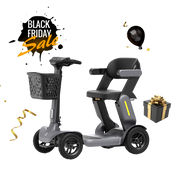
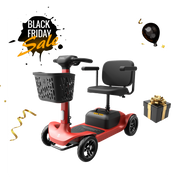
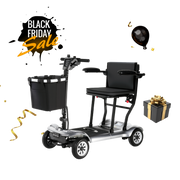

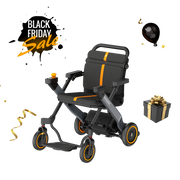




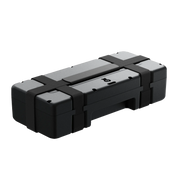


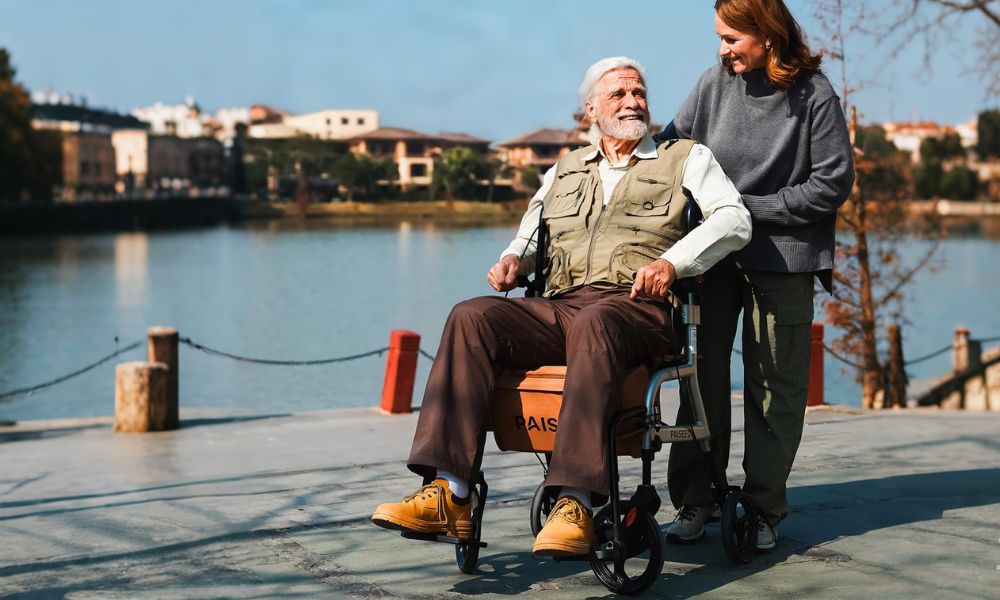
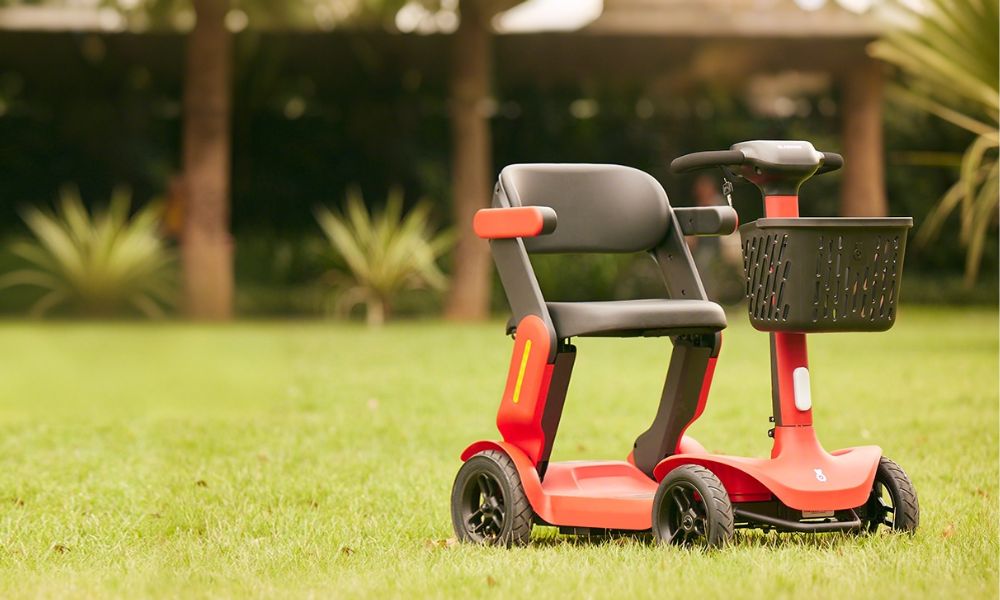
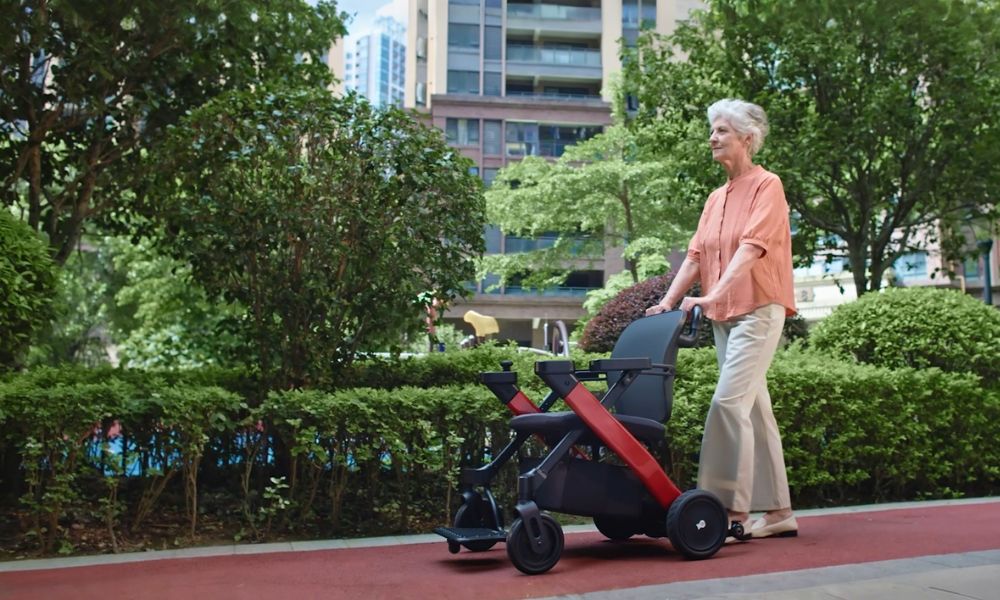






Leave a comment
This site is protected by hCaptcha and the hCaptcha Privacy Policy and Terms of Service apply.